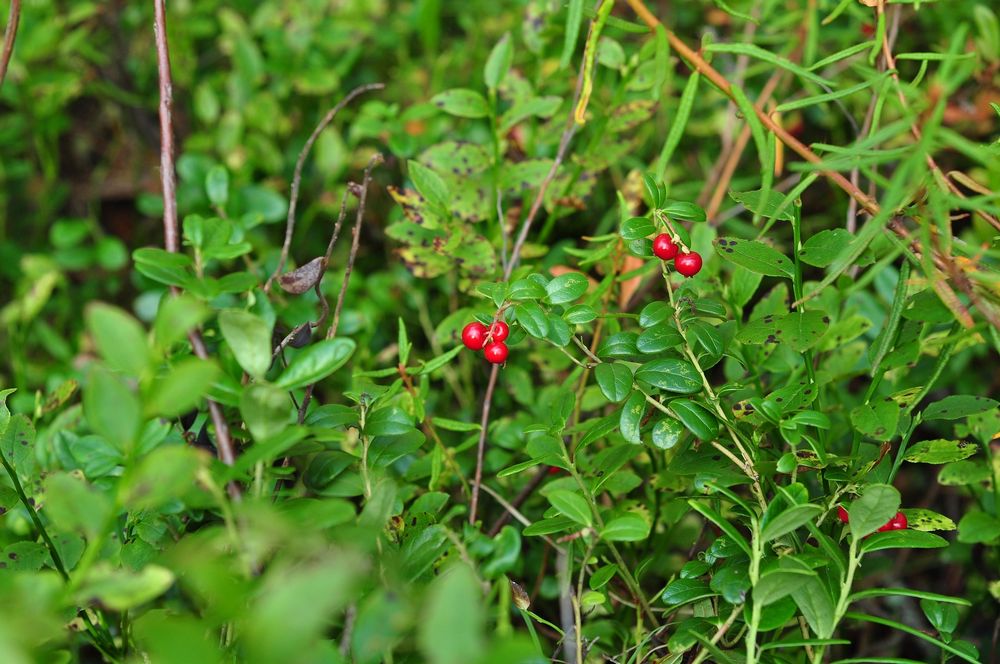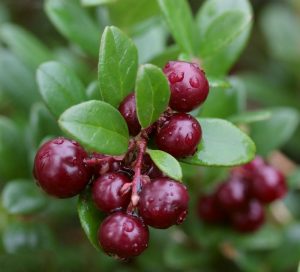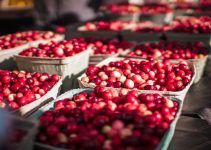
Cranberry Perennial Vine Plant
Not a bush/shrub or small tree, but a woody, viney-type plant.
The Cranberry Plant
Same difference. Yeah I know, we humans can nitpick to make life more complicated than it has to be, so how about this; to those select few PhDs working overtime in their stuffy labs instead of watching Queens’s Gambit on Netflix like the rest of us normal plebs, we will concede that it is indeed a vine, but it looks like a bush, so we’ll keep calling it that even though it’s not technically correct. Everyone happy? Good, now, on to the explanation:
The common cranberry plant that yields us our Thanksgiving bounty every year for that cherished, red, sauce we all love is a low-growing, woody plant that you could call a ‘bush’ but is technically a vine.
It is perennial, meaning it grows back every year without needing to be replanted and has small, oval shaped leaves.
It’s a wild plant native to upper North America and is farmed commercially in states like Wisconsin and Massachusetts, among others.
It gets its name from the flowers that bloom out of its buds (before turning into berries) which people long ago said look like a ‘crane’. [Where do Cranberries get their Name?]

Cranberry Bush
A very important component of this plant is that it needs a very specific environment. The vines thrive in layers of gravel, then acidic peat soil and sand.
The growing season goes from April to November, with the harvesting done in the fall, usually running from the middle of September to the middle of November.
Hope this helps.
Trivia: “Are Cranberries considered Berries?”
– Cranby




